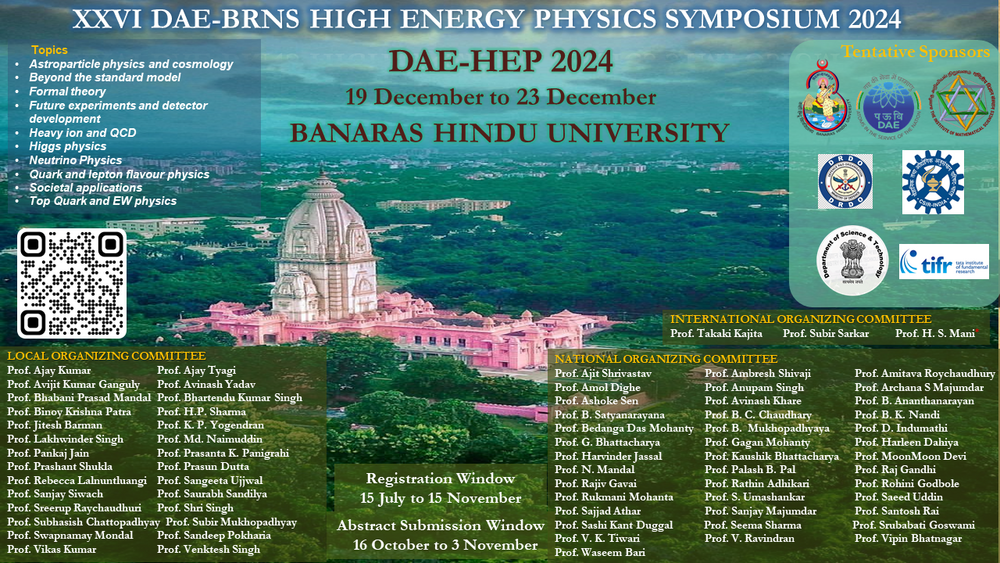Speaker
Description
The emergence of jets, bunches of collimated hadrons, in high-energy colliders is a prevalent phenomenon. In the current LHC context, along with traditional narrow QCD jets, the study of fat jets, which may appear as a result of the decay of a heavy particle, has become an essential part of collider studies. Current jet clustering algorithms, namely kt-type sequential recombination algorithms, use fixed radius parameters for the formation of jets from the hadrons of an event in a collider. The appearance of differently-sized jets in a single event from such algorithms is, therefore, impossible to achieve. In our work, we made an attempt to form differently-sized jets via the dynamic radius chosen during the evolution of each jet. Instead of keeping the constant radius parameter of the standard kt-type sequential recombination algorithms, we allowed the radius to vary dynamically based on the local kinematics and distribution in the eta-phi plane around each evolving jet. In this talk, I will discuss our methodology of the dynamic radius jet algorithm. I will then present the usefulness of the algorithm at the 13 TeV LHC through some example processes from SM and BSM scenarios.
| Field of contribution | Phenomenology |
|---|

